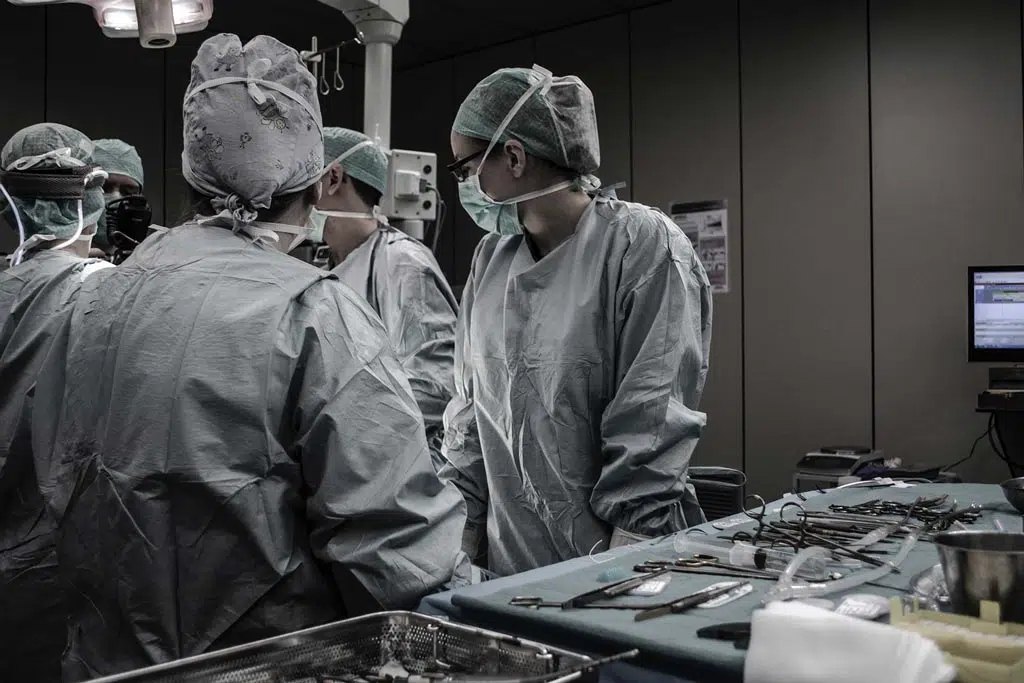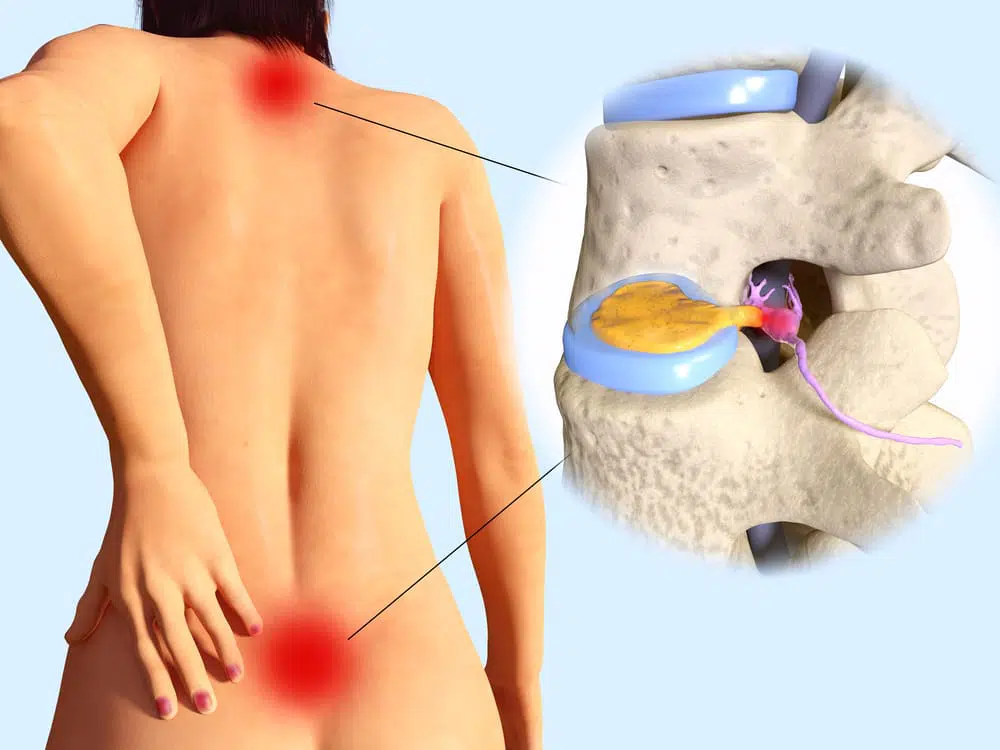Call Now!
Torrance Office: +1 (424) 360-0155

Spinal Surgery can be an intimidating topic, not least because there are so many kinds of procedures that fall into this category. One particular form of spinal surgery that can bring up a lot of questions is called spinal fusion surgery which falls under Minimally Invasive Surgery. If you've been told that you might require this kind of surgery because of ongoing back pain, you may feel panicked, curious, worried, and confused all at the same time. Fortunately, Rolling Hills Medical in Torrance has got your back when it comes to understanding spinal fusion surgery. Here are the answers to some frequently asked questions on the subject.
Spinal fusion surgery is a procedure connects two vertebrae so that there will no longer be any movement between the vertebrae. Your Torrance spine surgeon will make an incision either in your abdomen or in your back to gain access to the spine, shifting tissues out of the way as needed. The facet joints articulating vertebrae to be immobilized are taken out. Rods, screws, or pieces of grafted bone are then attached to the vertebrae to hold them rigidly in position.
Spinal fusion surgery may be indicated for a number of spine pain conditions which, for whatever reason, will not respond to more conservative treatment techniques. Examples include:

Up to 80 percent of all spinal fusion surgery patients report satisfaction with the success of the procedure. Studies of post-operative patients indicated that patients enjoyed, on average, a 60 to 70 percent reduction in their symptoms.
The actual procedure is performed under a general anesthetic, so you will feel no pain during surgery. After surgery, you will have some pain for the first few weeks, but you will receive pain medication until the pain fades away on its own.
The length of your spinal fusion surgery will depend on the severity of your condition and the number of vertebrae that must be fused. This type of surgery may extend anywhere from 2.5 hours to 7 hours in total duration.
Like any major surgery, spinal fusion surgery carries certain risks. These include infection, a failed fusion of the vertebrae, nerve damage, blood loss, and the normal risks associated with general anesthesia. There is also the chance that the surgery may not relieve your symptoms.
Full recovery from a spinal fusion surgery may take up to a year. Generally, however, you should be able to return to your everyday routine within 4 to 6 months. You'll spend the first few days of recovery in the hospital. After 4 to 6 weeks, your Torrance spine surgeon will put you on a physical therapy routine to optimize your remaining recovery time, and to help ensure that you regain strength, comfort, and function.
